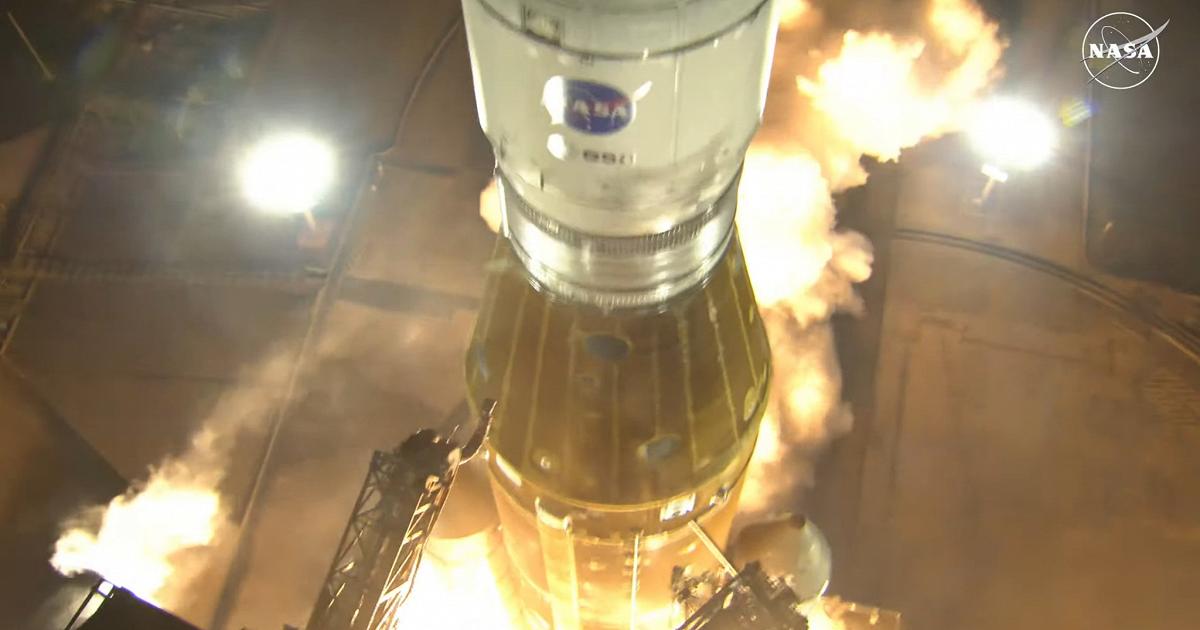After weeks of postponements due to technical reasons and fears of weather warnings, NASA's Artemis 1 mission has finally got underway.
The most powerful rocket in the world, the
Space Launch System
(SLS), took off this morning from platform 39B at the Kennedy Space Center in Florida on a mission that marks the beginning of the American
Artemis
program , which aims to bring back man on the moon by 2025 and subsequently establish a permanent settlement there.
For this test flight, launched 50 years after the last mission of the Apollo program, the Orion capsule, which has no astronauts on board, will not land on the Moon but will venture up to 64,000 km behind it, a record for a spacecraft habitable.
The purpose of this mission, which should last just over 25 days, is precisely to verify whether the new spacecraft is safe to carry a crew to the Moon in the next few years.
The launch
The take-off was scheduled at 7:04, but the team suspended the countdown at T-10 to carry out final checks and make sure everything was ready.
So far, everything is going as planned: about two minutes after launch, the Solid Rocket Boosters (
Solid Rocket Boosters
), the largest of their type ever built, separated and fell into the Atlantic Ocean a few minutes later.
Eight minutes after launch, the main engine also shut down, the fairings were ejected together with the
Launch Abort System
emergency system , then the main stage of the SLS rocket separated, falling into the Pacific Ocean.
Subsequently, the four solar panels
of the Orion capsule were deployed
, built by Lockheed Martin for NASA and whose ESM service module (
European Service Module
) was created by the European Space Agency (ESA).
In an X-configuration, the solar arrays are ready to begin charging the energy the capsule will need for the journey to lunar orbit.
They were built in Italy, like much of the technology on board the Orion capsule, thanks to the collaboration between the Italian Space Agency (ASI) and industry.
The full live coverage of the launch
The " Trans Lunar Injection
" was then successfully completed
, a maneuver which allowed it to leave Earth orbit and enter the trajectory towards the Moon, thanks to the thrust received from the upper stage of the SLS rocket.
It was the second crucial moment of the mission, after the launch.
Now the spacecraft is en route to the Moon, on a mission expected to last approximately 25 days, during which Orion will travel a total of 2.1 million kilometers, achieve a distant retrograde orbit around the Moon, and then return to the speed record of 40 thousand km/h towards the Earth, and finally dive into the Pacific Ocean.
NASA
The main stages of the Artemis I mission
"The
primary goal
of Artemis I is to thoroughly test integrated systems prior to manned missions, operating the spacecraft in a deep space environment, testing Orion's heat shield, and recovering the crew module after reentry, descent and landing," the NASA team explained.

